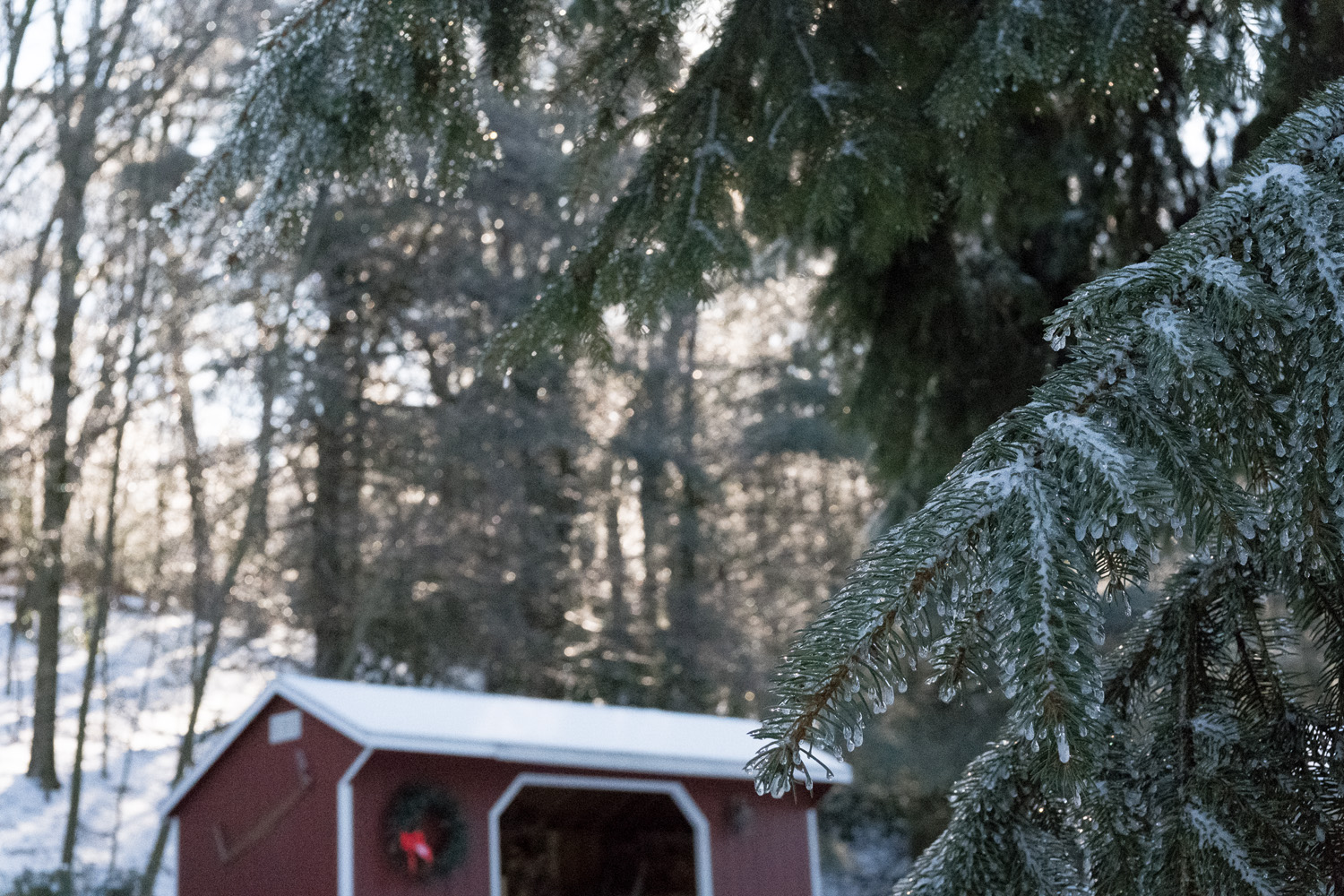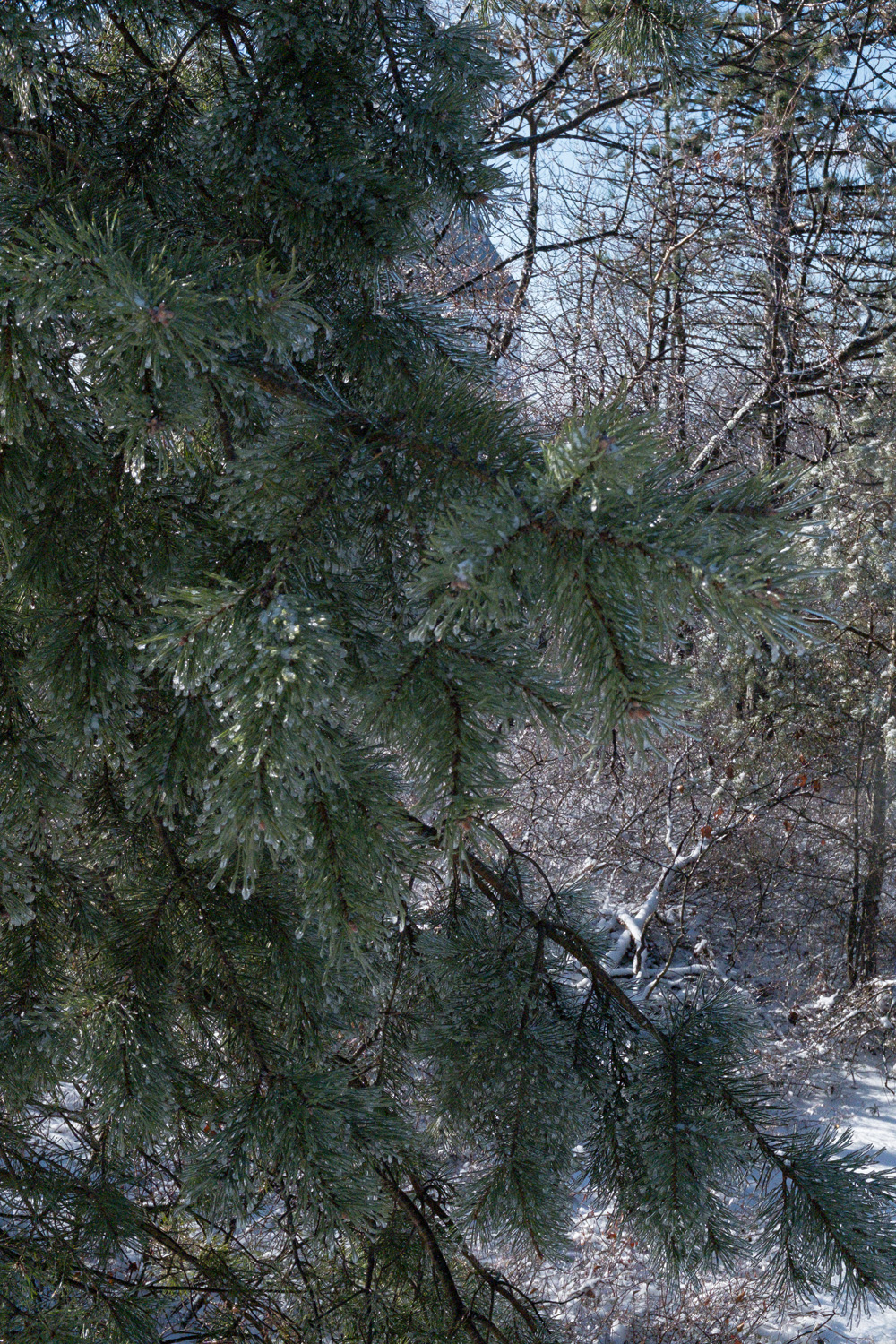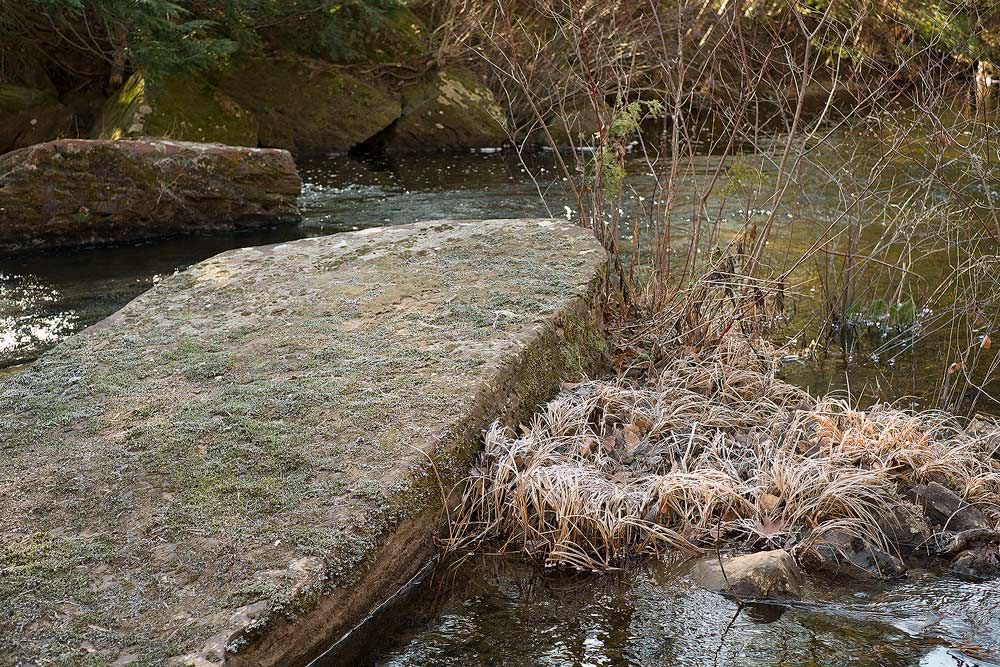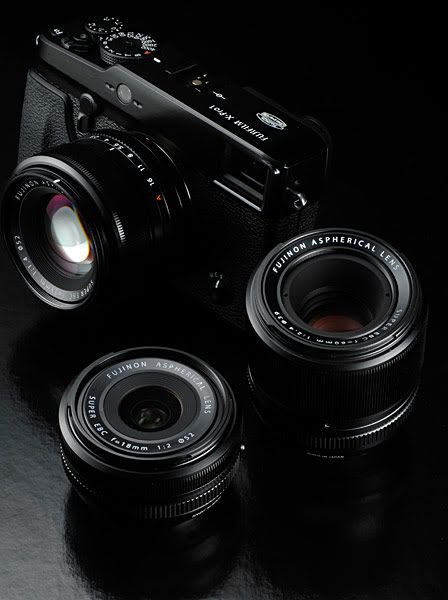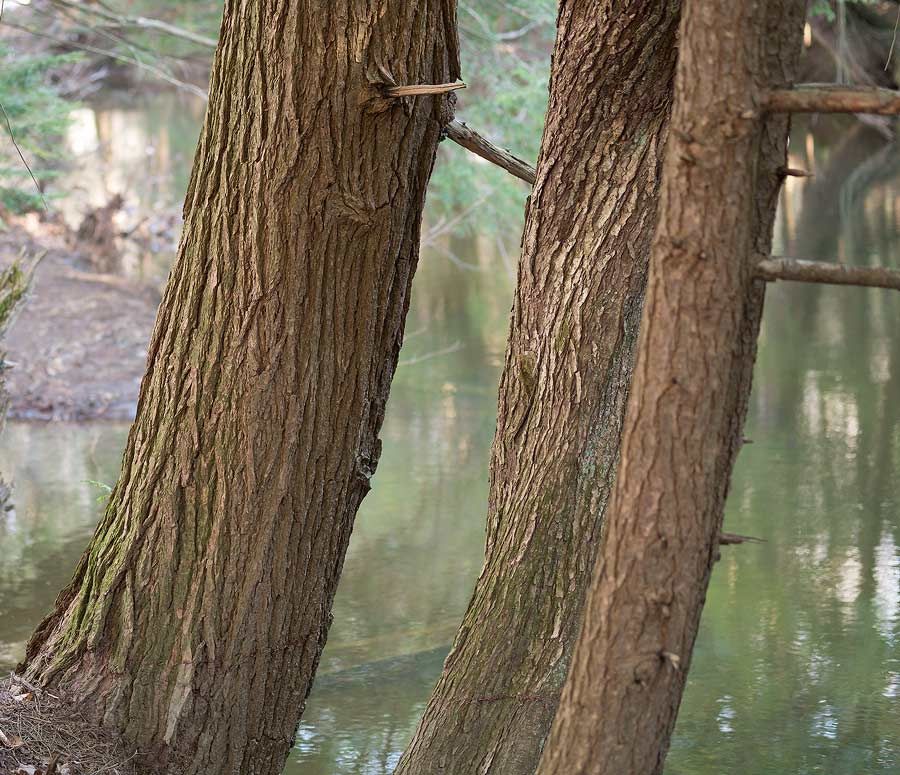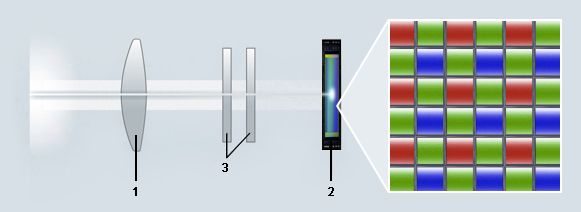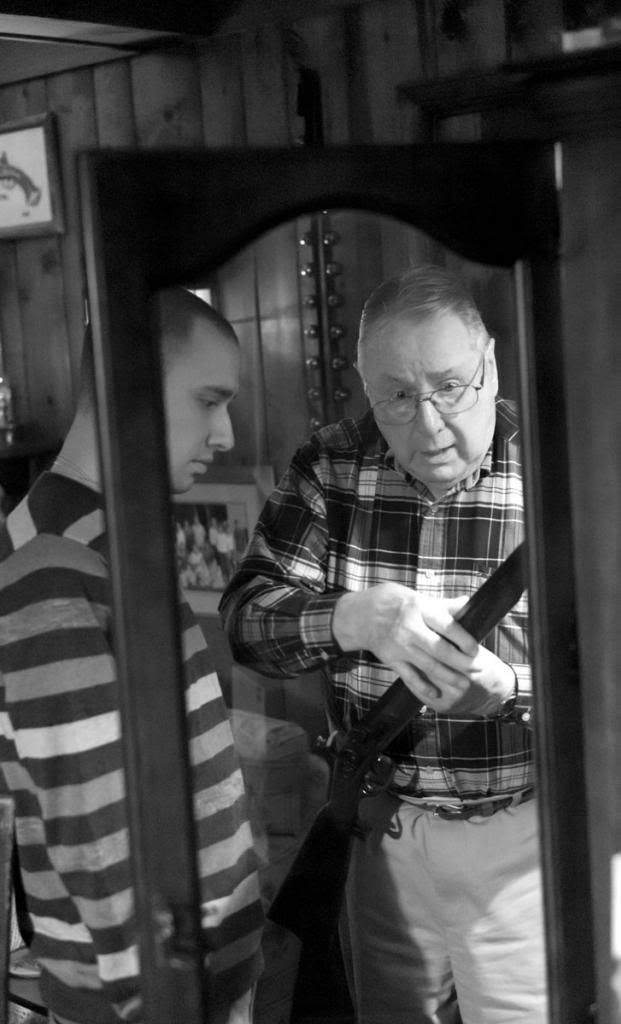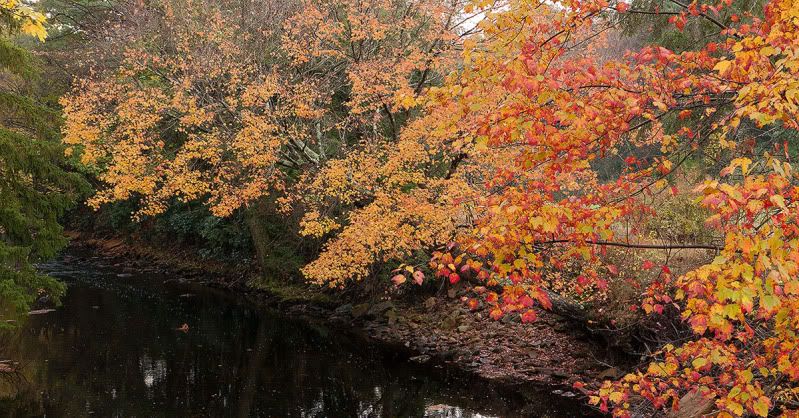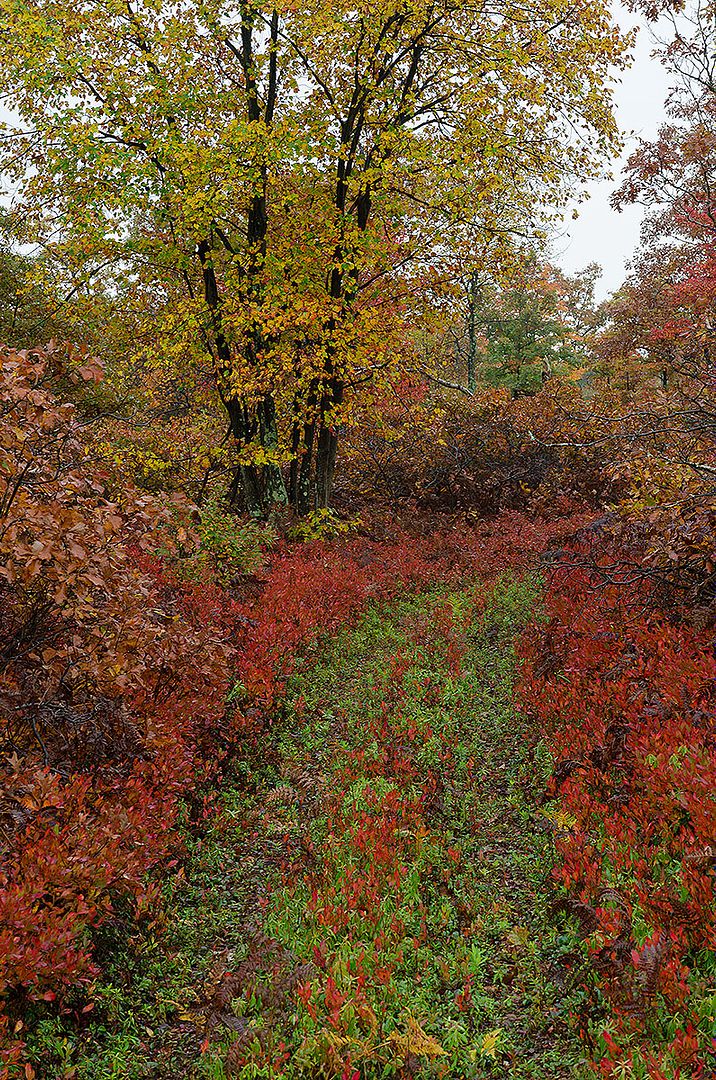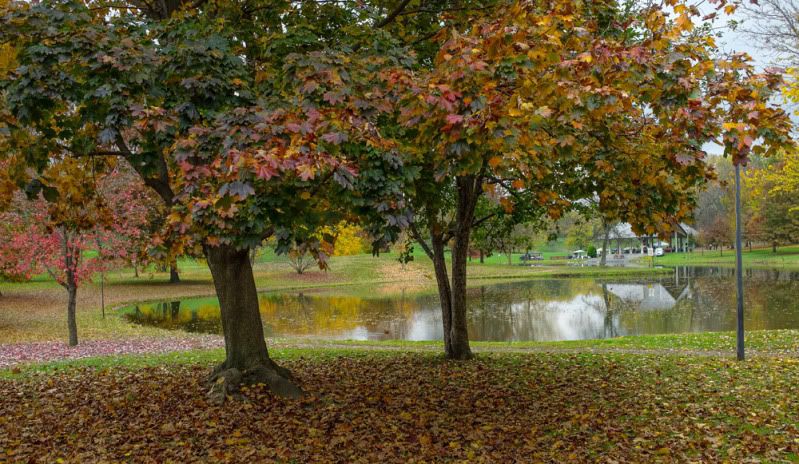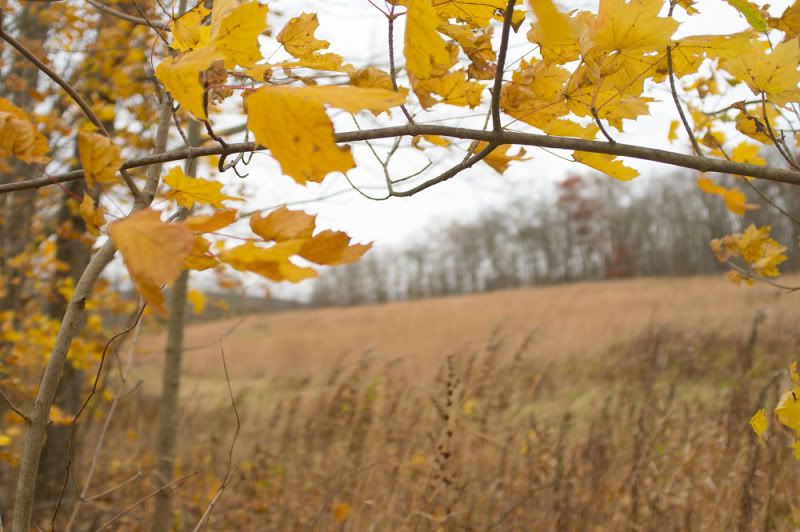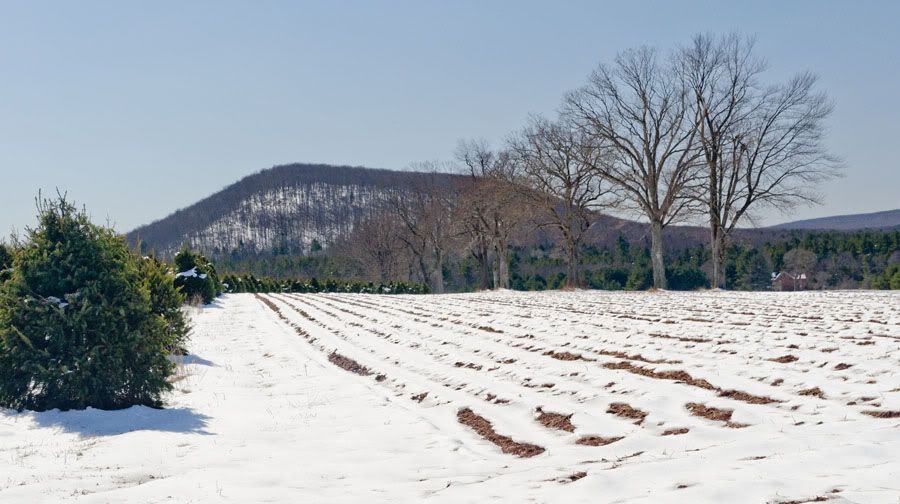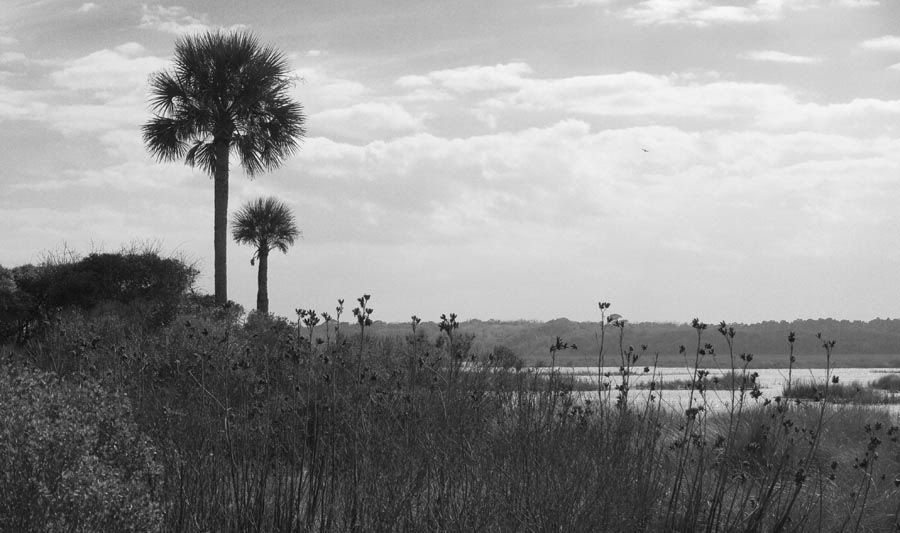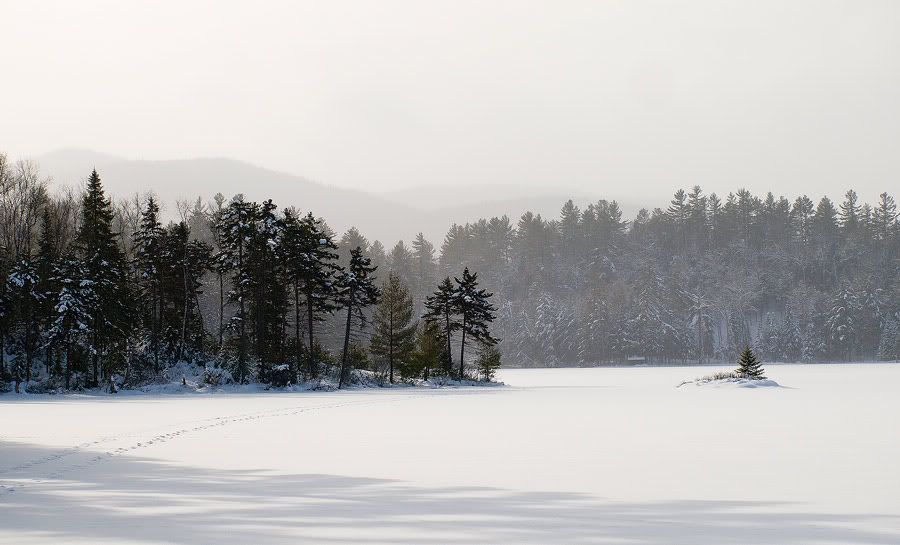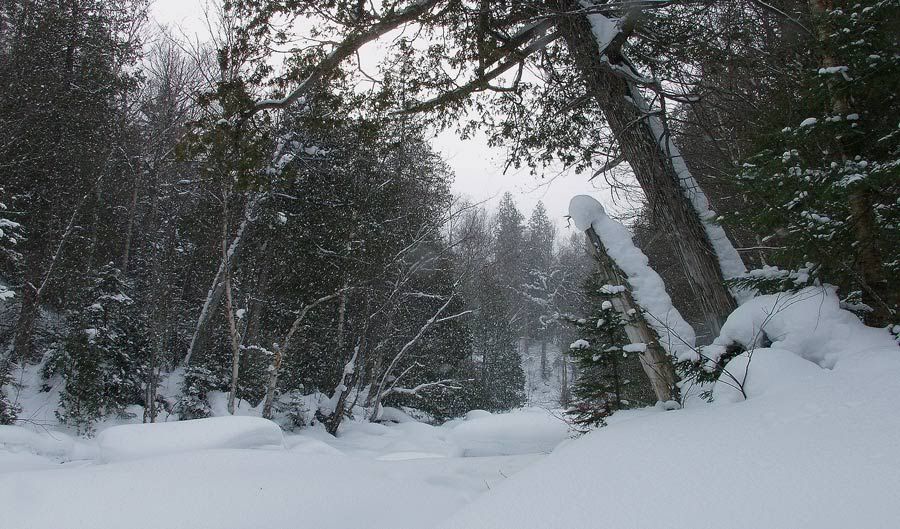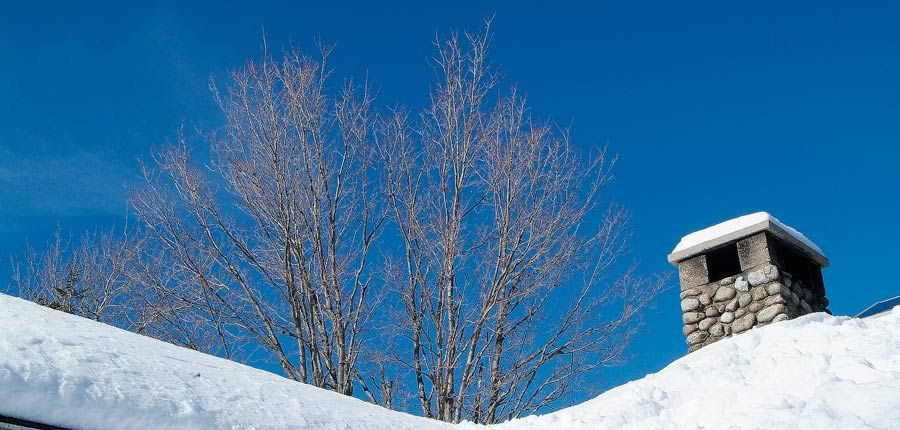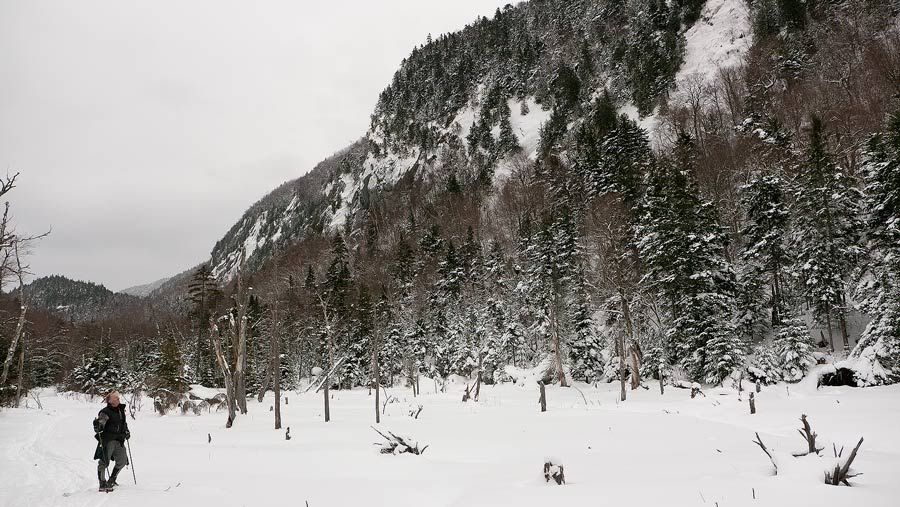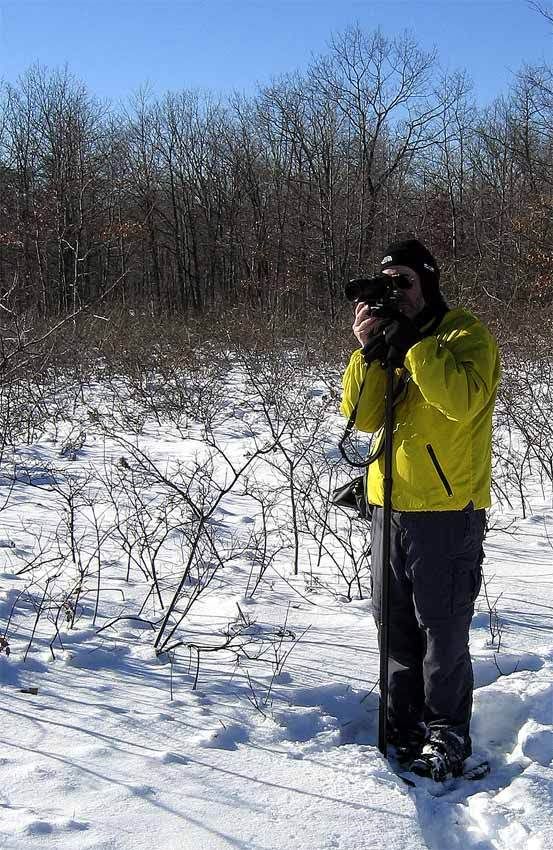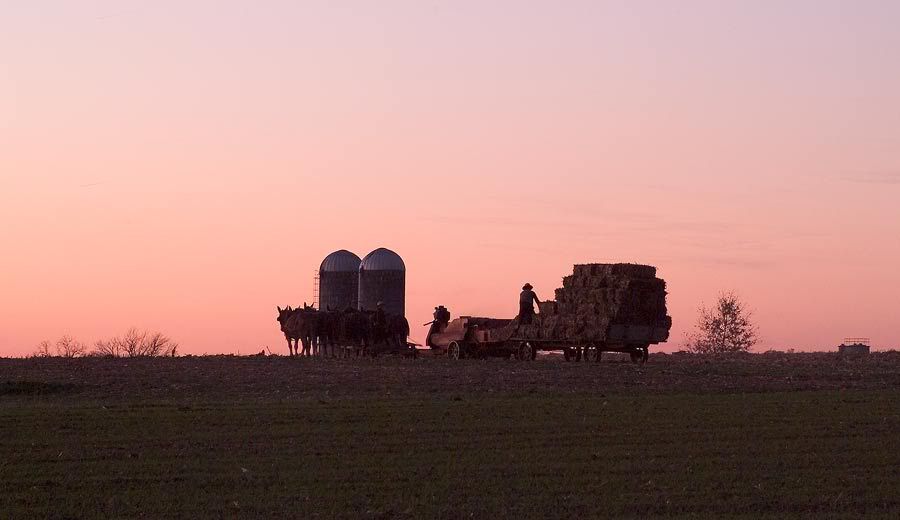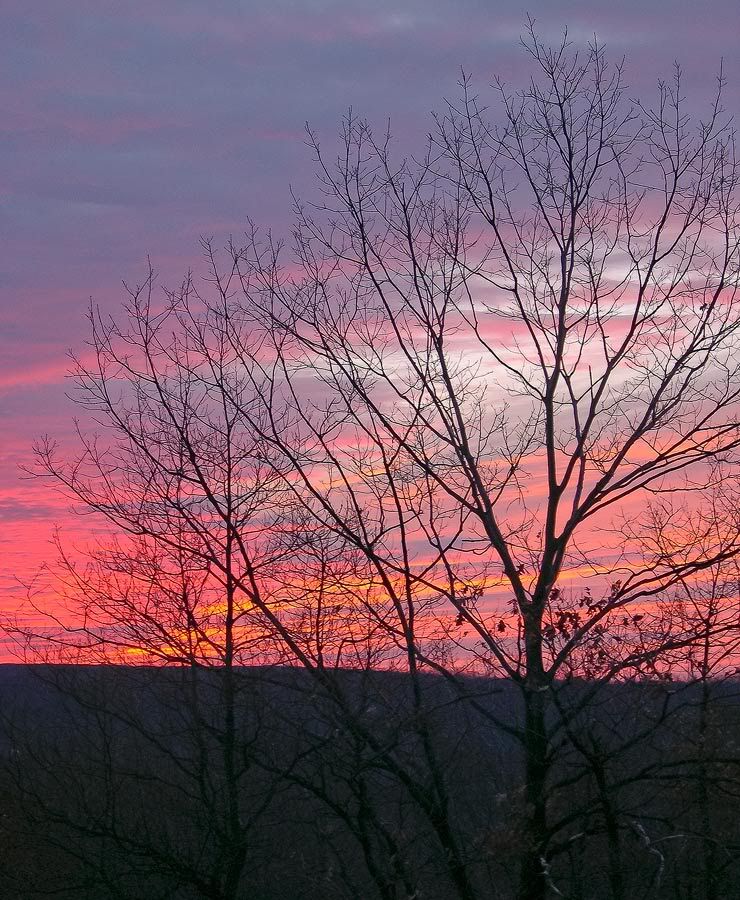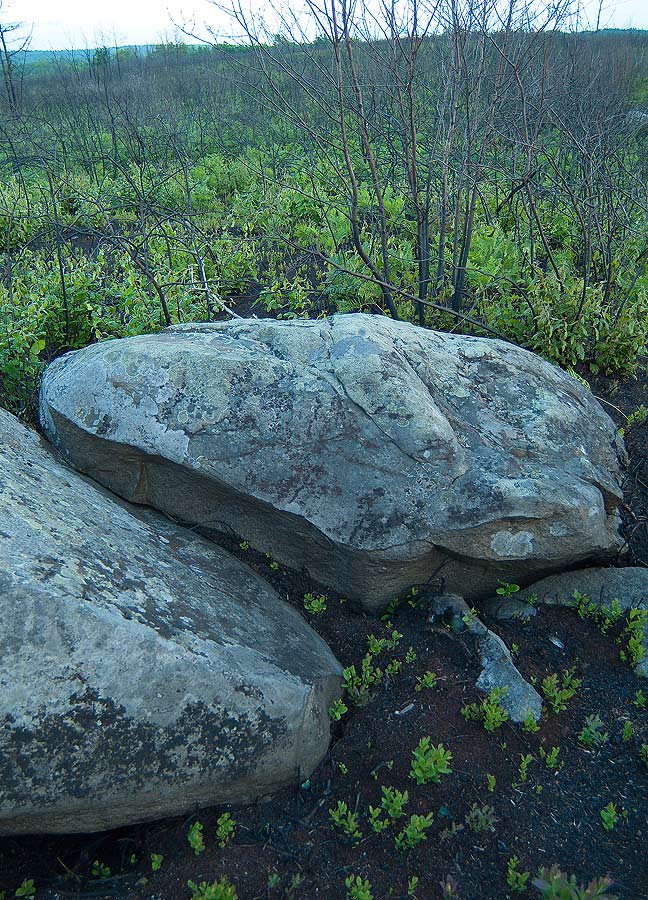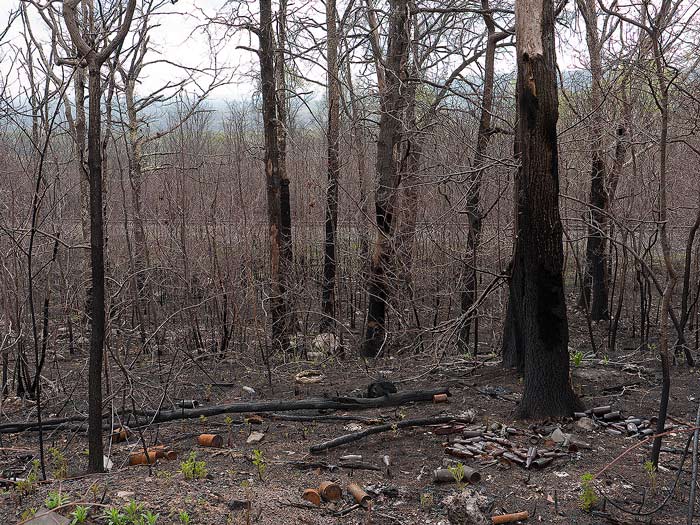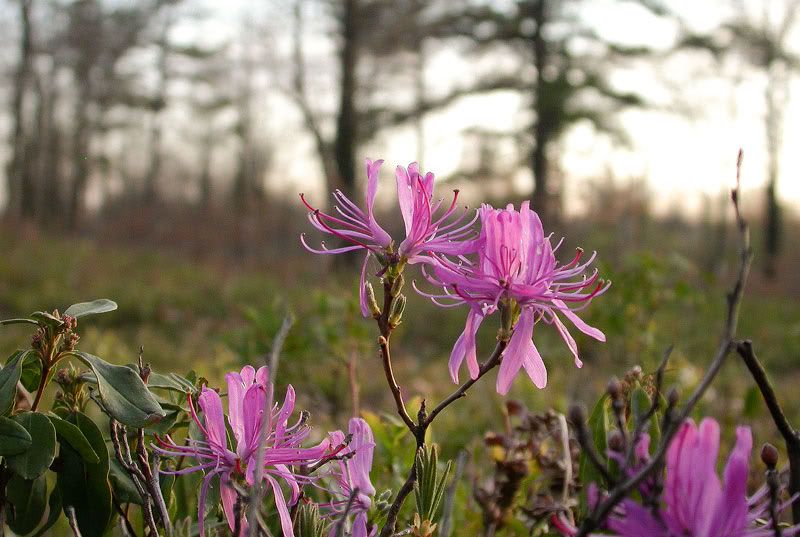
Rhodora (Nikon Coolpix 4500)
I have an image on my den wall of a rhodora bloom.
It is a flower that grows in the scrub oak barrens adjacent to my community here in Northeastern Pennsylvania. I have been told by naturalists that this is an anomaly, because it’s only supposed to exist much further north.
I shot that image with a 4 megapixel Nikon Coolpix 4500, which some of you may recall, was the final high-end iteration of the original twist body Coolpix. I have printed it at 8”x11” and larger, and love the image. It looks good to me even 7 years after it spit out of the Epson 2200 that I used in those days. And I have become very critical of images over the years.
Now I have owned a large number of compact and bridge cameras over the years. I printed and enjoyed many landscape images captured with non DSLRs in years past. Nowadays, I am somewhat unhappy with using a compact camera for this purpose, even the so-called “premium” compacts such as my Panasonic LX 5. I get many less images nowadays from small imager cameras that I would consider using, let’s say, in an exhibition, whereas in the past, I have used such cameras to confidently decorate gallery walls (and make sales).
Given some discussions I have been involved in various photographic forums, I have begun to wonder just how much better off we are , in terms of small-sensored cameras, than we were in the earlier period in the digital photography, when there were less pixels on small sensors than now.
I shot over the years with many “bridge” cameras in those days, sometimes side-by-side with DSLRs in the 6 MP range. My memory is, that whether it was a Nikon Coolpix, 900/4500 (3 and 4 megapixels respectively), my 4/5 megapixel Olympus E10/E20 or an Olympus C 5050, the files (I shot in those days mainly JPGs) were usable for landscape images, and that the images were pleasing to the eye, even printed at 11×16” or even occasionally at 13x 19”.
Now it seems to me small sensors seem lousy, not only relative to larger sensored DSLRs but even compared to older imagers with half the resolution. I can’t tell if I’ve become spoiled by the likes of my D 700, or whether packing those tiny sensors with as little as 10 MP is having a deleterious effect on certain, intangible measures of image quality.
Obviously, this discussion should be limited to base ISO. Even a 2/3” sensor such that came with the Olympus E 20, was horrible above ISO 200. A Canon S 100, LX5 and certainly the new Fuji X10, would wipe the floor with them at higher sensitivities.
But I do wonder whether there are other advantages of bigger pixels, even big old technology pixels, have characteristics that make up for the advances that have come since.

Boulder in Chubb Pond (Olympus C-5050)
This is a 100% crop of an image shot with my Olympus C 5050 from a kayak in 2004. It makes a nice 11’x 16’ print, like many others from that camera. And, it was shot in RAW at ISO 200, miraculous for a bridge camera of that era. My other cameras at the time included a Fuji S2 pro. I often printed and sold images from the Olympus, again limited somewhat in size relative to the Fuji. In this image I particularly notice the lack of noise, and reasonable detail.
Here are two images: one from my 2005 vintage Fujifilm E 900 which at the time was considered a marvel at high-resolution, High ISO (800 ASA max) shooting in a compact
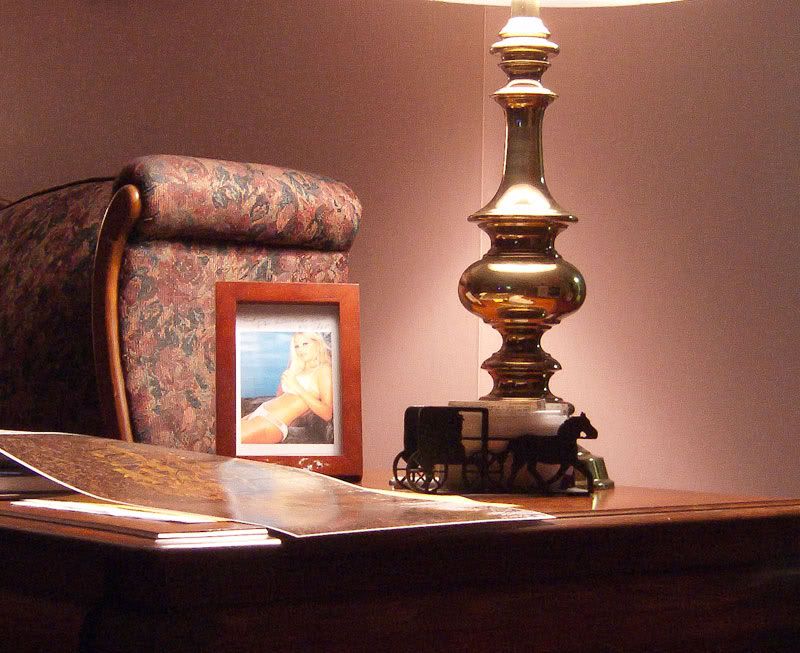
Test Image Fuji E 900
.
It sports the same size 1 1/6” inch sensor as the LX5 which I used to take the other image. These were shot at ISO 400 in raw format, had the same exposure settings at f4, were corrected with the same settings in ACR, and sharpened with the same unsharpen mask settings in Photoshop.
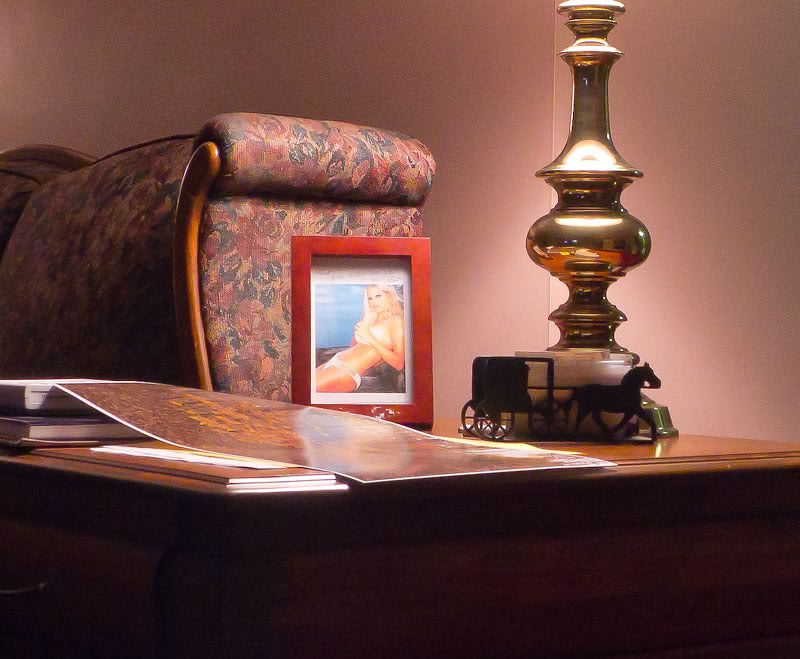
Test Image, LX5
I’m not saying that there’s no difference. I think the Fuji noise is coarser, and there could be a smidgen more color noise. Detail seems about the same. Now the E 900 sensor is 9 MP and of the so-called “SuperCCD” design, so famous in the F 30/31 Fuji compacts These were the cameras that arguably started the craze toward lower resolution, higher sensitivity sensors ( I still have one). I do feel however, that given the 5 years between models, the differences are modest. I’m pretty sure that the E 900 would compete nicely with many other modern imagers.
It should also be said the ergonomics of the LX-5 are significantly better than the older camera making it much more usable. Oddly enough the E 900 may have the first compact that disappointed me with it’s image quality (maybe because the size of the megapixels). I did get some keepers( see December 2013)
Now that having said all that, the Panasonic can render details nicely, if shot right. Here’s a 100% crop of an image I took with the LX5 recently, also at ISO 400 .
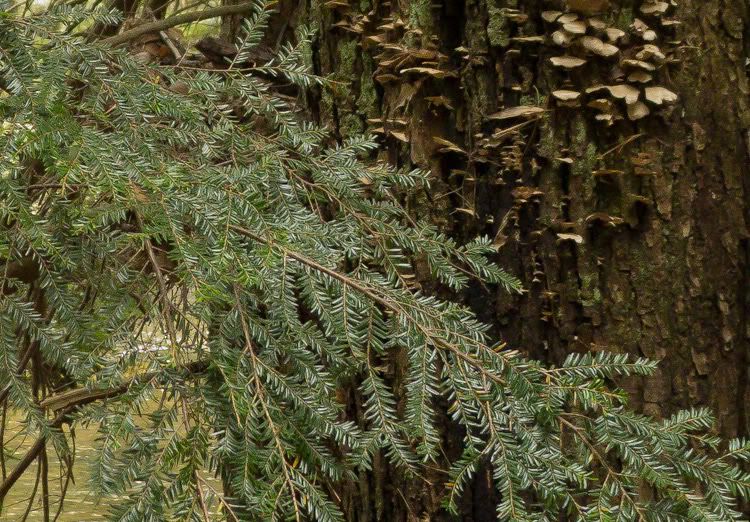
Hemlock and Bracken (Panasonic Lumix LX5)
What’s my point? I ‘m not sure there is one, except perhaps that as photo gear enthusiasts, we are seduced by the power of industry marketing, which is aided at times by enthusiast websites who are connected to photo gear suppliers. Imagers are getting better, but perhaps more slowly than we think.
If you’re going to buy a new camera or camera body, make sure it functions better for you. Test it against the gear it’s set to replace. If it’s not truly more functional, don’t be afraid to send it back. And make sure that you buy from reputable dealers that will allow you the privilege.
Also once in a while, If you have an older camera on your shelf, pick it up and shoot it. Print an image. You might be shocked just how much you like it.

